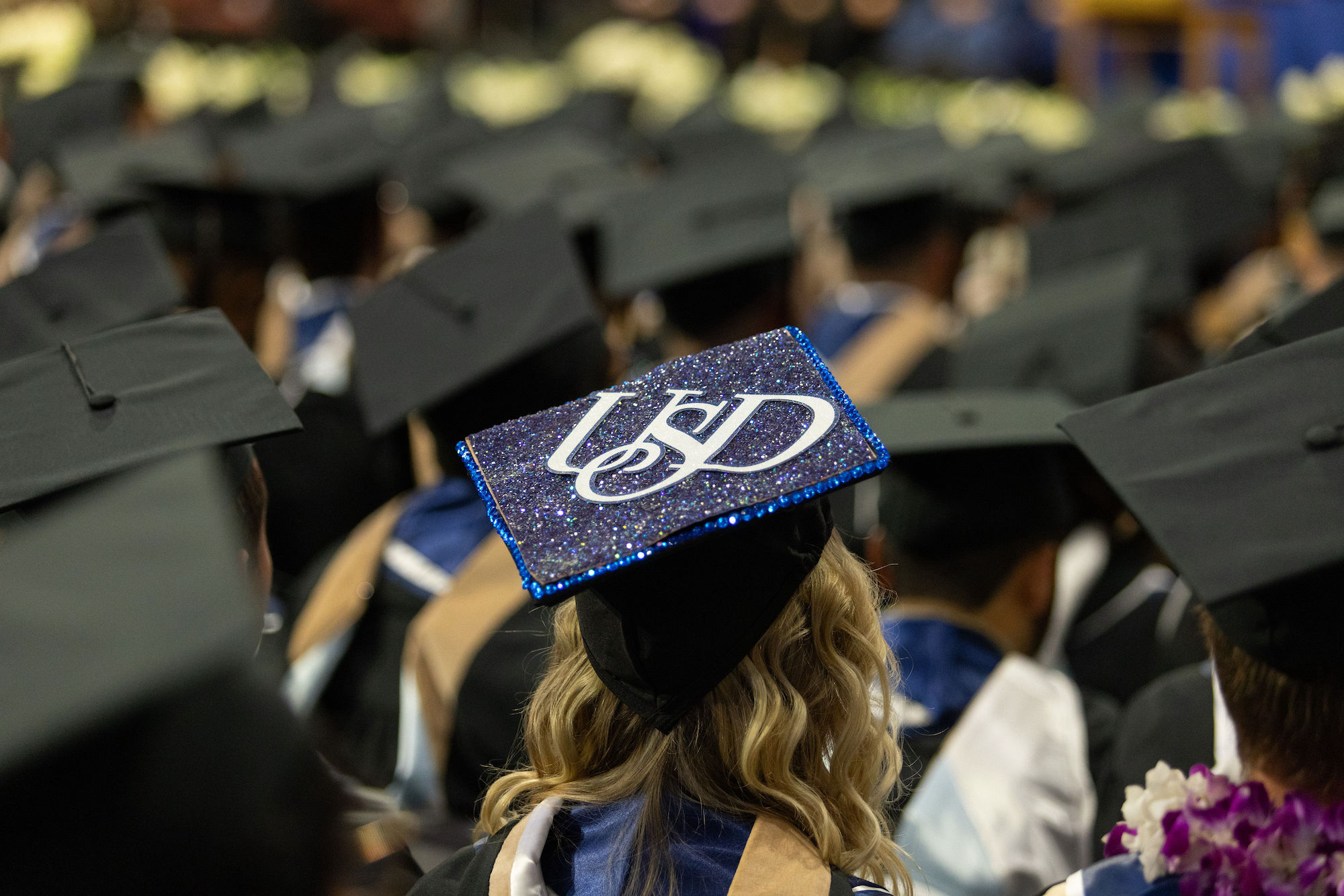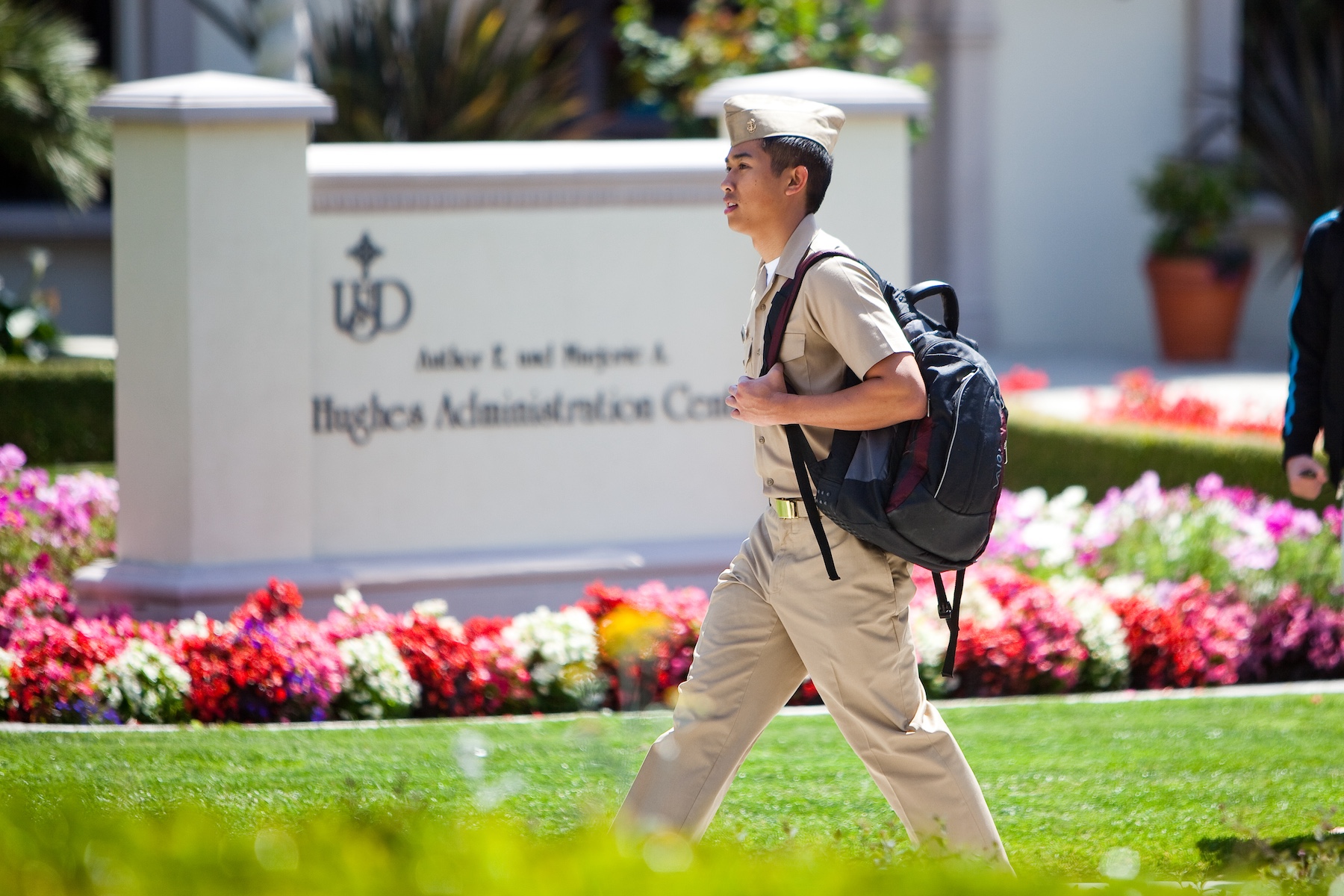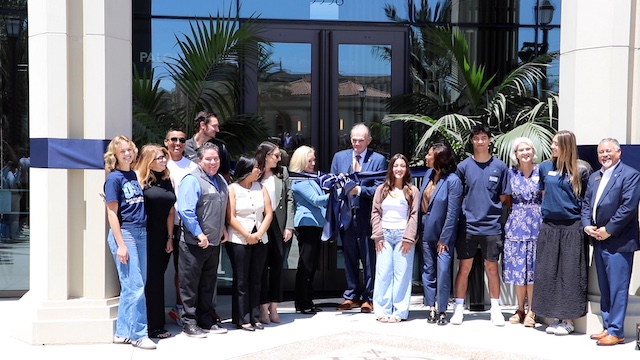El Nino’s Impact on Marine Life Is Focus of University of San Diego National Science Foundation Grant
The University of San Diego has been awarded a $100,000 grant from the National Science Foundation to understand how El Niño affects marine life.
The strong El Niño in 2016 provides an opportunity to study how coastal marine species are affected by the warming sea surface temperatures and changes in ocean currents, said Nathalie Reyns, Associate Professor of Environmental and Ocean Sciences.
“We have a poor understanding of how coastal marine species are influenced by El Niño,” said Reyns. The study “has implications for understanding how populations change from year to year, which is also important for understanding the populations of commercially important species. Our study is also occurring within two Marine Protected Areas off the coast of San Diego and can inform us about their effectiveness.”
The study will focus on barnacles because they have a life cycle similar to those of many fish and other organisms such as crabs. As adult barnacles live attached to rocks along beaches, they release larvae that develop in the coastal ocean. During this time, the larvae will be influenced by the way currents move and the environmental conditions of the ocean. “El Niño can change the way ocean currents move, in addition to warming the water, and the ability of the larvae to make it back to coastal habitats may be hampered,” she said.
Researchers will measure the currents with various oceanographic instruments, the distribution and abundance of barnacle larvae in the water, and the population of baby barnacles that make it to shore using special plates attached to rocks in La Jolla. Reyns has been working with colleagues from the Woods Hole Oceanographic Institution on larval transport, but the funds were just about to run out. “By conducting this study, we will have pre, current and post-El Niño data. El Niño is predicted to weaken throughout the spring and into summer, so it was crucial that we begin sampling quickly to capture changes in the ocean conditions,” said Reyns.
Two USD graduate students and 10 undergraduate students are gaining hands-on research experience from the work. “It’s great fun to see them develop as young scientists,” she said.
About the University of San Diego
Strengthened by the Catholic intellectual tradition, we confront humanity’s challenges by fostering peace, working for justice and leading with love. With more than 8,000 students from 75 countries and 44 states, USD is among the Top 20 Best Private Schools for Making an Impact according to The Princeton Review. USD’s eight academic divisions include the College of Arts and Sciences, the Knauss School of Business, the Shiley-Marcos School of Engineering, the School of Law, the School of Leadership and Education Sciences, the Hahn School of Nursing and Health Science, the Joan B. Kroc School of Peace Studies, and the Division of Professional and Continuing Education. In 2021, USD was named a “Laudato Si’ University” by the Vatican with a seven-year commitment to address humanity’s urgent challenges by working together to take care of our common home.



